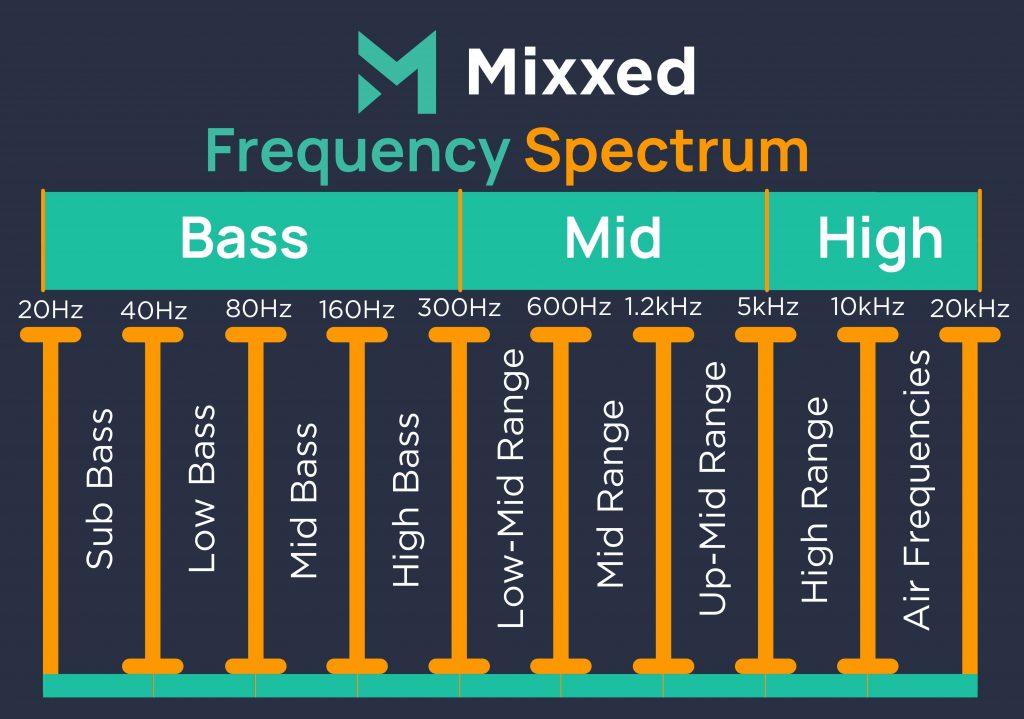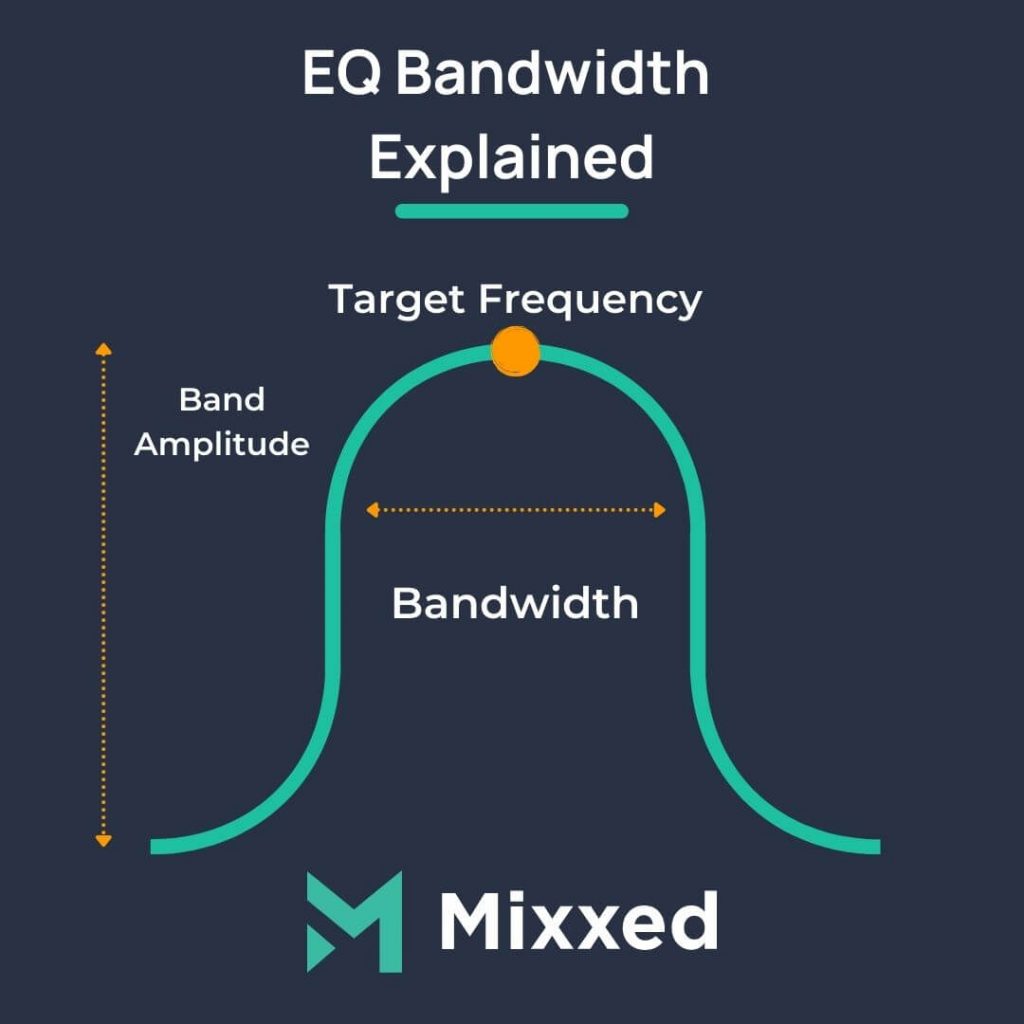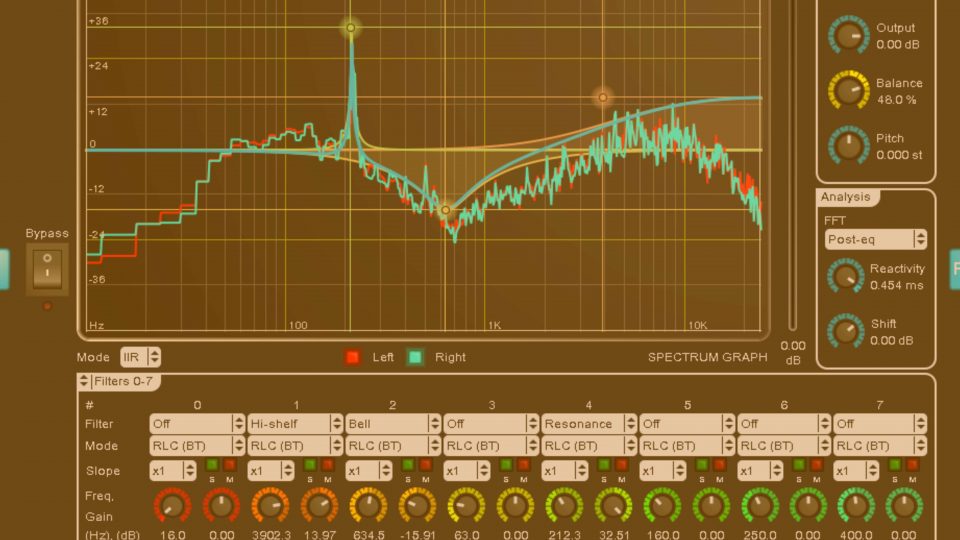What is Parametric EQ? When Should You Use One?
An EQ of any kind is a filter. More to the point, an EQ allows you to adjust the amplitude of a frequency or band of frequencies within an audio signal. Said audio signal can be an individual sound, a group of instruments, or a whole mix.
When it comes to music production, signal equalisation is a huge role that is necessary on every track. Using an EQ allows you to play with the tone of instruments, boost frequencies to fill a space, or cut them to make room for other instruments. In this setting, a classic example is giving bass frequencies a boost. And, quite frankly, none do this better than a parametric EQ.

How Does a Parametric EQ Work?
A parametric EQ provides real hands-on controls that allow you to get as specific as you like within frequency bands. You can pinpoint specific frequencies with a narrow Q, or you can work with a broad band of frequencies with a wide Q control.
Parametric EQs have become a hallmark in digital music. In both studio and live sound setups, parametric EQs provide continuous control over every parameter they present. You have full control over the frequency content of your input signal! Furthermore, the frequency spectrum is divided into multiple bands, usually between 3 to 6/7, and you can control each band individually.
Three Types of Parametric EQ
Parametric EQs come in three forms. These are fully parametric, semi-parametric, and quasi-parametric.
A fully parametric EQ features between 4 to 6 frequency bands. DAWs come with a stock parametric EQ, such as the FL Studio Parametric EQ 2. A parametric EQ offers control over a bands’ gain for boosting and cutting, the width of a band, and the cutoff frequency for high and low bands too.
The bandwidth determines the range of frequencies within a band. Sometimes labelled as Q (short for quality factor), a fully parametric EQ offers continuous control over the bandwidth of every band.
A semi-parametric EQ has fewer available bands – usually 3. You can control the gain and frequencies inside each band, but the Q and bandwidth are at a fixed value.
Finally, we have the quasi-parametric EQ. Quasi-parametric EQs offer full frequency and gain controls, but only two or three Q settings. For example, a simple choice of high or low Q settings for the mid band.
Q and Bandwidth
As we bring this article to a close, let’s talk about Q and bandwidth a bit more. Mostly, a Q control does the same thing as a bandwidth control. However, the two are not exactly the same.
In EQs, Q is the ratio of the centre frequency (target frequency) to bandwidth. If the centre frequency is fixed, then raising the Q narrows the bandwidth. With this in mind, a wider bandwidth means more frequencies surrounding the centre frequency are affected by the cut or boost.

On a parametric EQ, Q is a very useful tool for attenuating or boosting/cutting a very narrow or wide range of frequencies within each EQ band. You can use a narrow bandwidth to remove unpleasant tones or unwanted frequencies. If you have picked up some hiss in a recording, you can isolate the exact frequencies of the hiss and attenuate them! On the flip side, you can use a narrow bandwidth to boost frequencies that do a sound or group of instruments some favours.
Bandwidth and Q in Practise…
A common example we can talk about is a kick drum. The low-end of a kick drum typically delivers energy between 60 to 125 Hz. However, the attack is somewhere between 2 to 5 kHz. So, boosting a narrow bandwidth between 2 to 5 kHz allows you to get a punchier kick drum without overpowering the other instruments in your mix or frequencies in your kick.
While a narrow bandwidth is great for removing problem frequencies and boosting desirable ones too, a broad bandwidth allows you to boost or cut a bigger band of frequencies. To achieve a specific tone, both narrow and wider bandwidths are used in tandem with one another.
Again, let’s talk about a kick drum. If your kick has a big low-end around 100 Hz and an attack at 4 kHz, you may want to use a broad bandwidth in the low-frequency band centred at 100 Hz. But also boosting a narrow bandwidth at 4 kHz allows you to give the kick more body.
To summarise, using both a narrow and broad bandwidth in different frequency bands allows you to emphasise the best parts of a sound while attenuating the not so desirable tones. And this is why parametric EQs are so cool!
You’ll find the right kick drum for your track in the Mixxed sample library.
The sampling revolution has risen in popularity and shaped music since the early 1970s. Sample culture continues to transform how millions of artists and producers do their thing in DAWs.
You too can break conventional norms, challenge the status quo, and open Pandora’s box of sound design.
Mixxed works with a growing number of sample labels and contributors to provide you with an affordable sample subscription service that’s more accessible than any before.
You’ll have access to our growing catalogue of loops, one-shots and sound effects that you can browse, download and keep forever for less than $3 a month.
Sign up today to find your sound!
